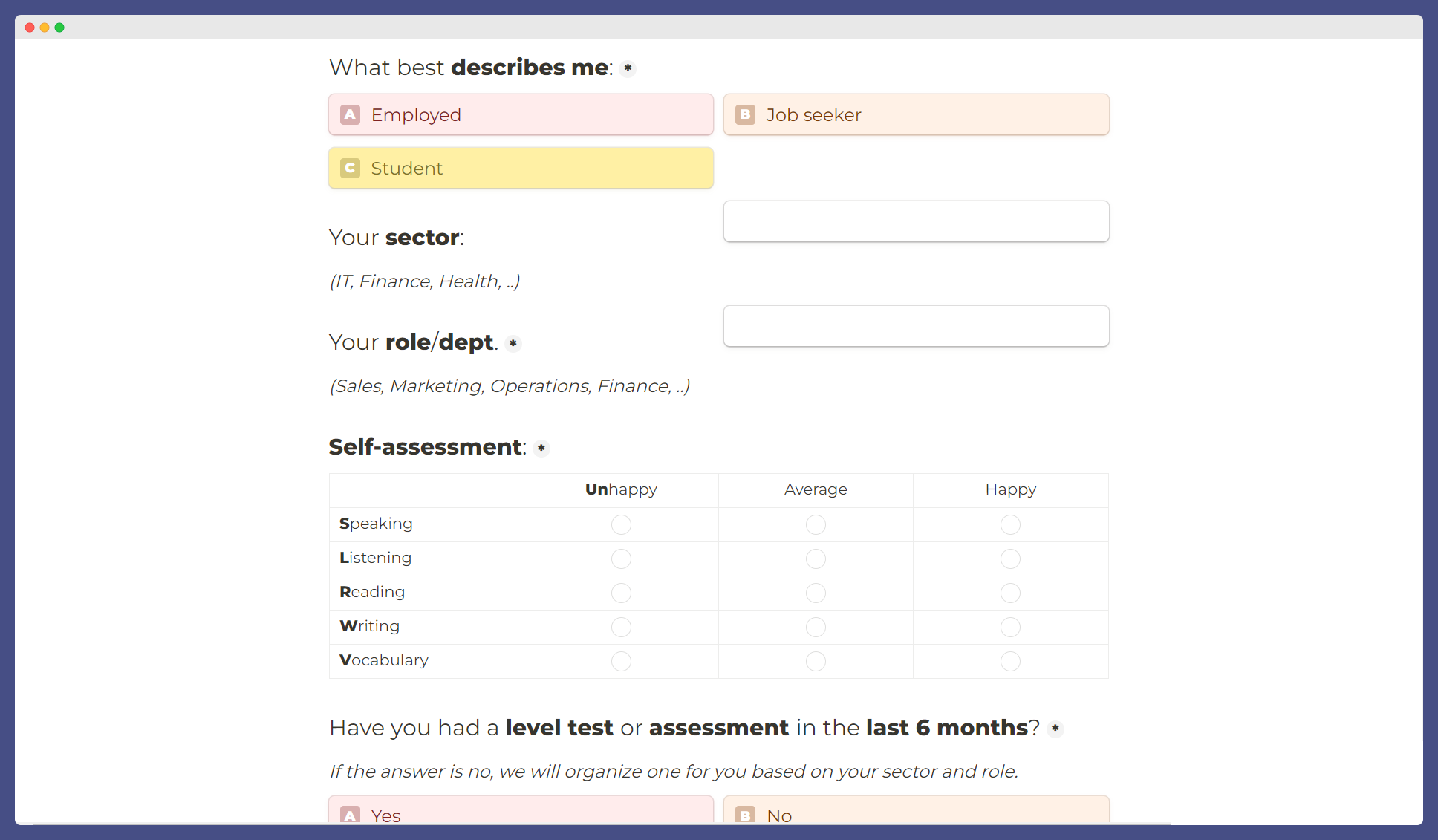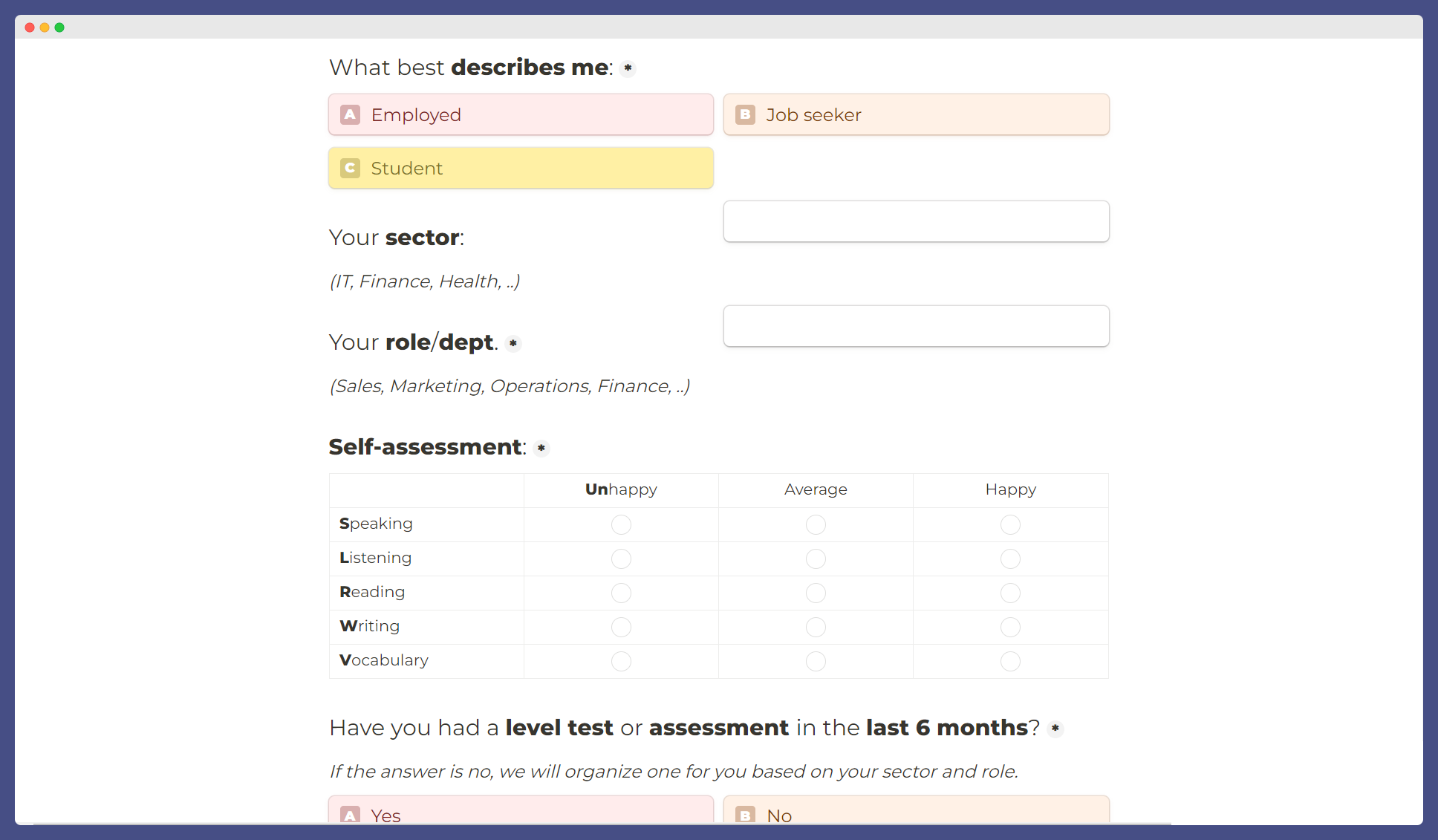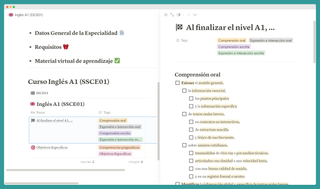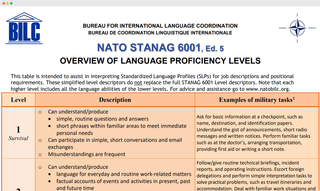
Coherence Words: Addition
Again, also, and, and then, besides, ..
Given the context of business meetings, the use of coherence words for addition can significantly enhance the clarity and flow of communication.
Here's a detailed rundown of the terms for Addition, including their usage and illustrative examples relevant to a business setting:
Table of Contents
Coherence Words of Addition
Recommendation: YouGlish(.com) Use YouTube to improve your English pronunciation. With more than 100M tracks, YouGlish gives you fast, unbiased answers about how English is spoken by real people and in context.
- Again
- Usage: To reiterate a point for emphasis or clarity.
Example: "Again, our main goal for this quarter is to increase sales by 20%."
- Also
- Usage: To add information that is equally important.
Example: "We need to improve our customer service. Also, updating our IT infrastructure is crucial."
- And
- Usage: To connect two related ideas.
Example: "We will expand our market reach and increase our product line."
- And then
- Usage: To indicate a sequence of actions or ideas.
Example: "First, we will finalize the project plan, and then we will allocate the necessary resources."
- Besides
- Usage: To introduce an additional point that supports the argument.
Example: "Besides cutting costs, this strategy will also improve efficiency."

- Equally
- Usage: To introduce information of equal importance.
Example: "Equally important is our commitment to sustainability."
- Further(more)
- Usage: To add emphasis to a point that strengthens the argument.
Example: "Furthermore, this partnership will open up new markets for us."
- In addition (to...)
- Usage: To add extra information or to specify additional items.
Example: "In addition to the salary increase, employees will receive more vacation days."
- Indeed
- Usage: To emphasize a point, often one that is surprising or significant.
Example: "Indeed, the results surpassed all our expectations."
- Next
- Usage: To indicate the following point or step in a sequence.
Example: "Next, let's discuss the timeline for the upcoming project."
- In fact
- Usage: To introduce a piece of information that confirms or clarifies a previous statement.
Example: "Our team is very capable. In fact, we've consistently exceeded our targets."
- Moreover
- Usage: To add information that not only adds to the argument but also increases its strength.
Example: "Moreover, this approach will significantly reduce our operational risks."
- Too
- Usage: To indicate that something is also the case; can be used at the end of a sentence.
Example: "This software will increase productivity, too."
- What is more
- Usage: Similar to "furthermore" or "in addition," used to add emphasis.
Example: "What is more, this strategy aligns perfectly with our long-term goals."
- Finally
- Usage: To introduce the last point or to indicate a conclusion.
Example: "Finally, I want to thank everyone for their hard work this quarter."
These coherence words play a crucial role in ensuring that the flow of ideas during business meetings is smooth and logical, facilitating better understanding and decision-making.





Comments